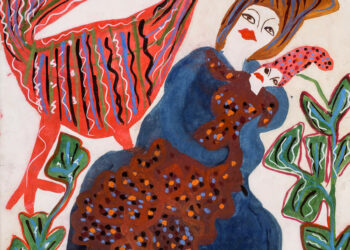Since the mid-1970s, Dawoud Bey (b. 1953) has worked to expand upon what photography can and should be. Insisting that it is an ethical practice requiring collaboration with his subjects, he creates poignant meditations on visibility, power, and race. Bey chronicles communities and histories that have been largely underrepresented or even unseen, and his work lends renewed urgency to an enduring conversation about what it means to represent America with a camera.
Spanning from his earliest street portraits in Harlem to his most recent series imagining an escape from slavery on the Underground Railroad, ‘Dawoud Bey: An American Project’ attests to the artist’s profound engagement with the Black subject. He is deeply committed to the craft of photography, drawing on the medium’s specific tools, processes, and materials to amplify the formal, aesthetic, and conceptual goals of each body of work. Bey views photography not only as a form of personal expression but as an act of political responsibility, emphasizing the necessary and ongoing work of artists and institutions to break down obstacles to access, convene communities, and open dialogues.
‘Dawoud Bey: An American Project’ is co-organized by the Whitney Museum of American Art and the San Francisco Museum of Modern Art. The exhibition is co-curated by Elisabeth Sherman, assistant curator at the Whitney, and Corey Keller, curator of photography at SFMOMA. The exhibition is on view at the Whitney Museum f American Art from the 17th of April until the 3rd of October 2021.



